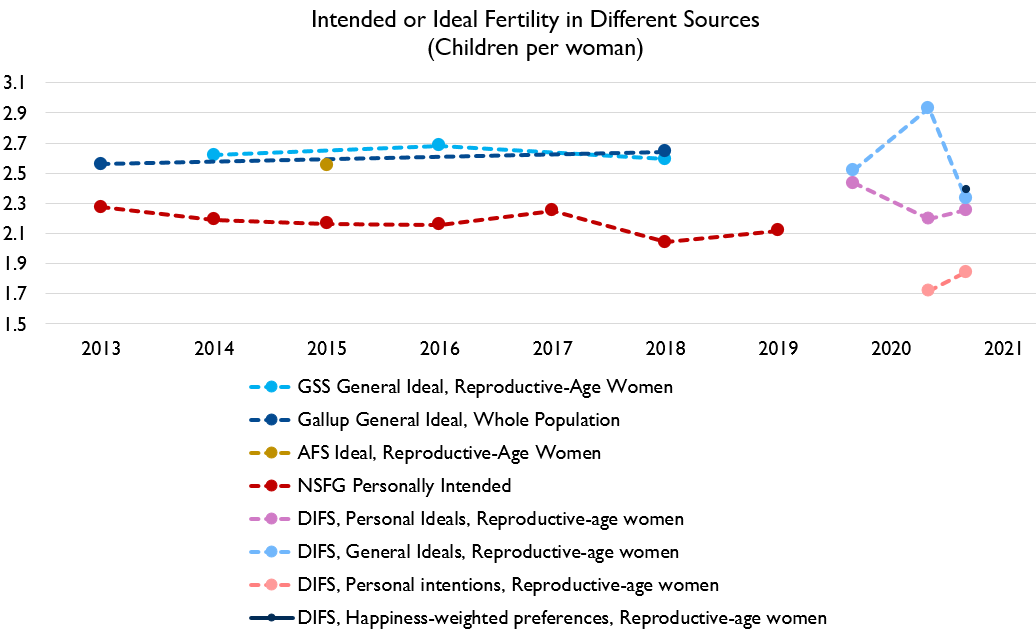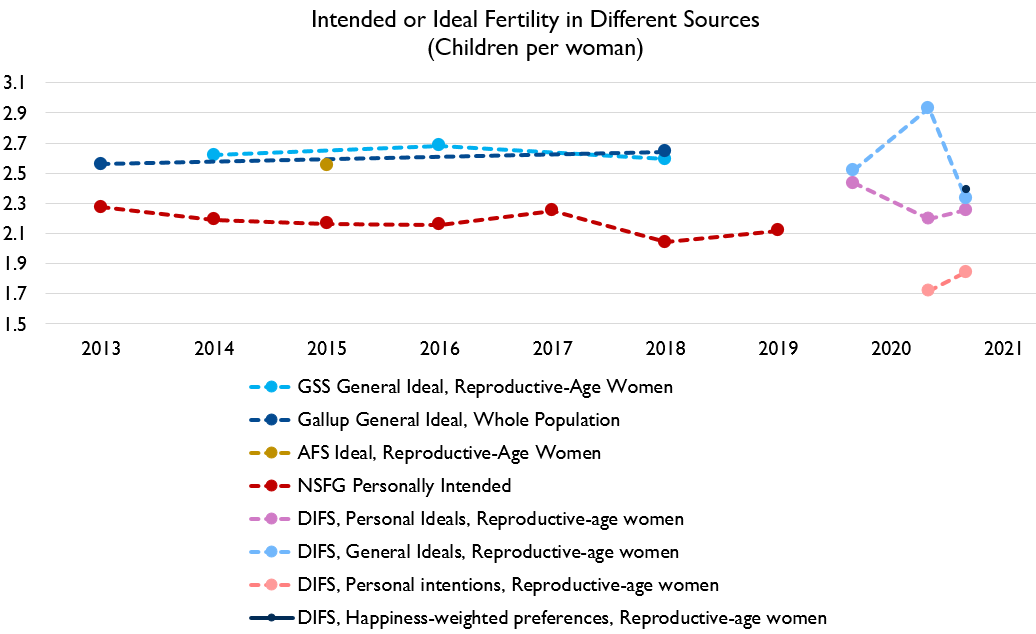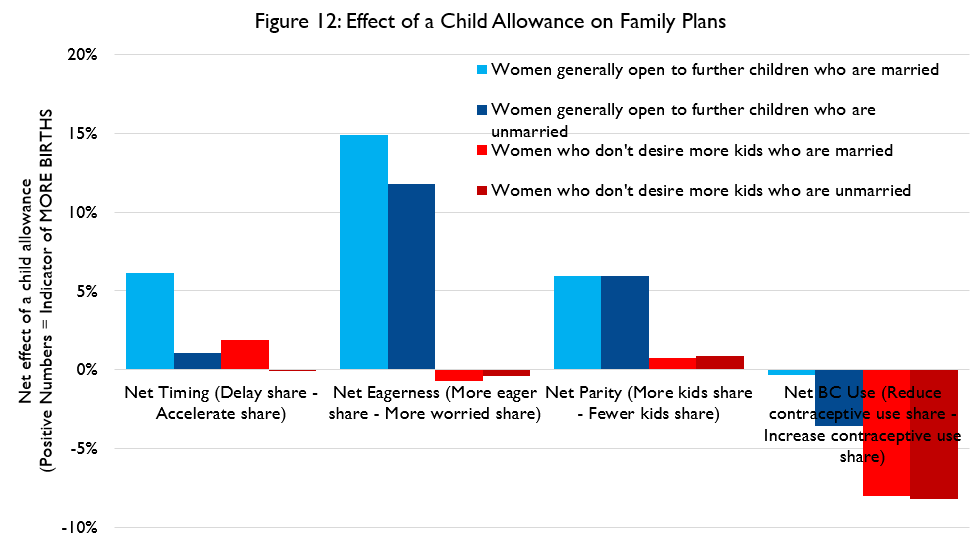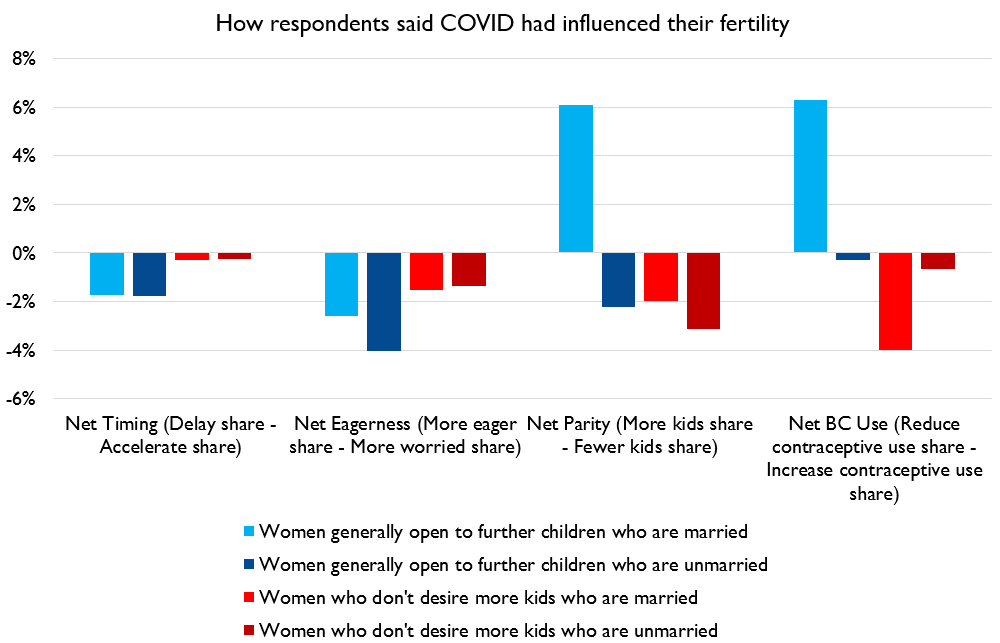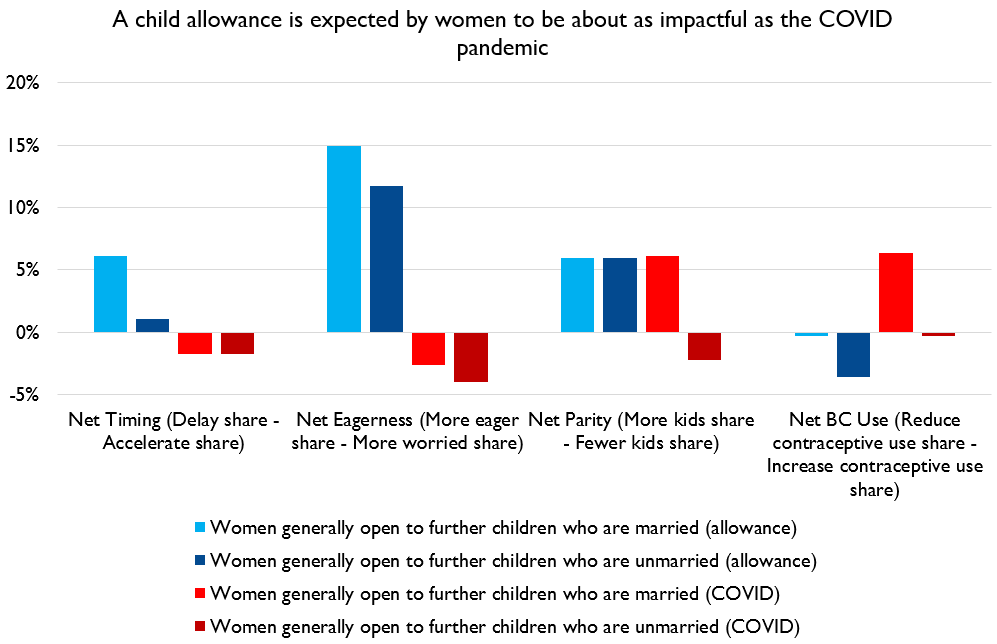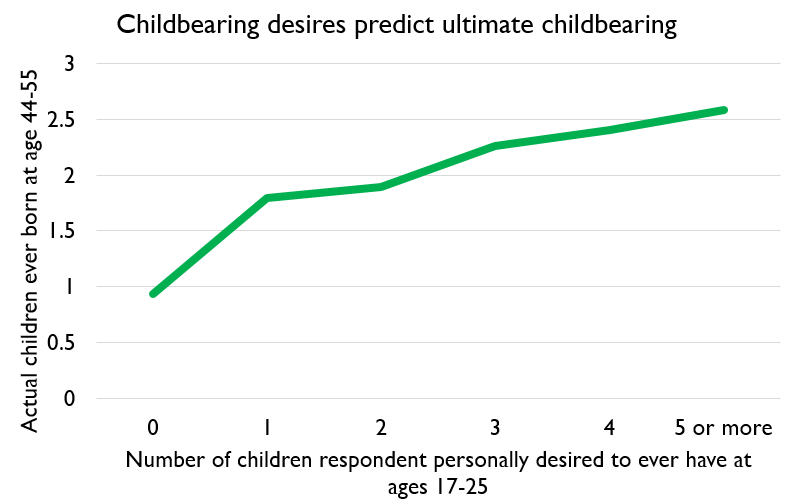Actually I review the NLSY data here and @swinshi is wrong: https://ifstudies.org/blog/no-ring-no-baby">https://ifstudies.org/blog/no-r... https://twitter.com/swinshi/status/1388122130752081920">https://twitter.com/swinshi/s...
Gotta do the lot review work folks
Scott also critiques my use of the "general ideal" in the GSS.
Fair enough.
Here& #39;s a variety of different surveys in recent years, including some I designed and fielded myself, among reproductive-age women.
Fair enough.
Here& #39;s a variety of different surveys in recent years, including some I designed and fielded myself, among reproductive-age women.
That last dark blue point, "happiness-weighted ideal" is very cool because I gave women options 0-6 kids and asked them how happy each parity would make them if they had it, so we get a bunch of granularity.
SO a couple notes. The DIFS questions clearly show:
1) "General" ideals which @swinshi criticizes ARE reliably "too high" vs. "personal ideals" (the purple line)
2) But "what women think makes them happiest" may be EVEN HIGHER!
1) "General" ideals which @swinshi criticizes ARE reliably "too high" vs. "personal ideals" (the purple line)
2) But "what women think makes them happiest" may be EVEN HIGHER!
Meanwhile, in my sample, the number of children women *intend* to have is extremely low. Note that my sample is all during or post-COVID so impossible to say if this is a sudden sharp decline, or a sample issue.
And if we& #39;re going to debate what preference metrics matter, folks, "expectations" as used in NLSY aren& #39;t an expression of preferences ***at all*** and there& #39;s an extensive literature demonstrating huge amounts of post hoc rationalization.
Women who have had a terrible health problem rendering them infertile may expect zero. That doesn& #39;t mean they want zero!
Here& #39;s the results.
Folks, reproductive-age women report qualitatively large amounts of expected change in fertility timing (and parity!) if they got a child allowance.
Folks, reproductive-age women report qualitatively large amounts of expected change in fertility timing (and parity!) if they got a child allowance.
The self-reported effects of a child allowance are LARGEST POSITIVE EFFECTS FOR MARRIED WOMEN, negligible for women not intending more kids (i.e. it won& #39;t restart fecundity for women who are "done"), and actually MORE use of birth control, so lower unintended births.
I call those effects qualitatively large. For comparison, here& #39;s the self-reported effects of the COVID pandemic, measured in the same survey round for the same women.
Here& #39;s women who aren& #39;t done with their childbearing, by marital status, comparing a hypothetical child allowance to retrospectively-reported effect of COVID.
Reproductive age women think a child allowance would be as positive as COVID was negative!
Reproductive age women think a child allowance would be as positive as COVID was negative!
In fact, moreso!
By now you& #39;ve all seen the data streaming in showing that births are way down.
Imagine that, but flipped.
By now you& #39;ve all seen the data streaming in showing that births are way down.
Imagine that, but flipped.
Of course not really because prospective and retrospective self-reports are constructions respondents make on the fly during the survey which are not perfectly valid or necessarily immediately comparable....
But folks the idea that financial incentives aren& #39;t effective is wrong. It doesn& #39;t match self-reported intentions, and it doesn& #39;t match the empirical literature on such incentives.
I& #39;m also irritated by some of @swinshi & #39;s stats commentary. Of course the correlation in surveyed preferences is low:
Not all respondents are re-surveyed in all years and re-surveying is selective on changes in life circumstances, which are correlated with preference changes.
Not all respondents are re-surveyed in all years and re-surveying is selective on changes in life circumstances, which are correlated with preference changes.
But nonetheless, yes, there& #39;s a lot of change in fertility preferences. They are not very stable.
Again though this is one of those "gotta do the lit review" moments. The literature is very clear that preferences are unstable but highly predictive....
Again though this is one of those "gotta do the lit review" moments. The literature is very clear that preferences are unstable but highly predictive....
And one big reason is the volatility is largely driven by women who have not yet begun their reproductive careers. Preferences right before the first child are much less unstable. And as @swinshi is aware: having a child doesn& #39;t usually lead to downward rationalization.
And indeed, the NLSY data are extremely predictive. With zero controls, here& #39;s children ever had by parity desired in early survey waves.
It& #39;s not linear of course, but folks when you find a crude uncontrolled finding like this that also gets stronger with controls, it& #39;s pretty compelling!
NExt up, @swinshi notes that even my argument is that most delay is due to marriage.
Yes, correct!
So why is marriage delayed?
Yes, correct!
So why is marriage delayed?
I would argue marriage is increasingly delayed in part because of the adoption of a capstone model of marriage, which treats financial security as a prerequisite for union formation.
This being the case, and since for many people the first birth occurs prior to marriage, providing child allowances will tend to improve financial circumstances, enabling capstone unions to form, placing people in situations increasing the odds of fertility.

 Read on Twitter
Read on Twitter